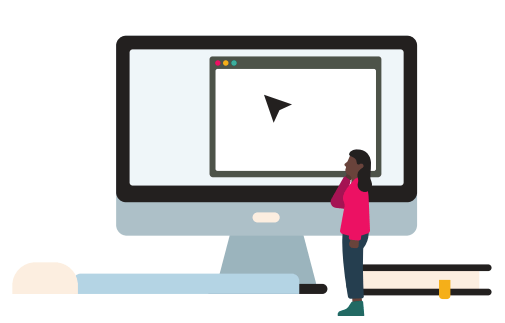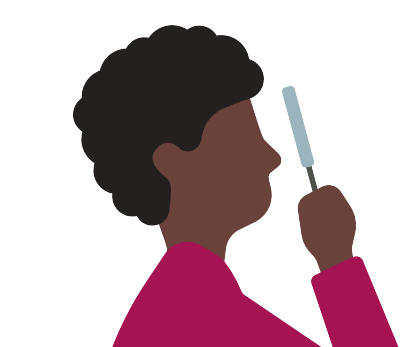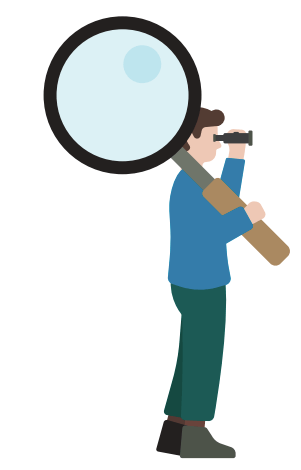It's your choice
When we make The Guardian Foundation available to you online, we use cookies and similar technologies to help us to do this.
Some are necessary to help our website work properly and can't be switched off, and some are optional but support The Guardian Foundation and your experience in other ways.
You can find out more in our
privacy policy and
cookie policy, and manage the choices available to you at any time by going to
Manage Cookies at the bottom of any page.
Are you happy to accept cookies?
To manage your cookie choices now, including how to opt out where our partners rely on legitimate interests to use your information,
click on Manage my cookies.









